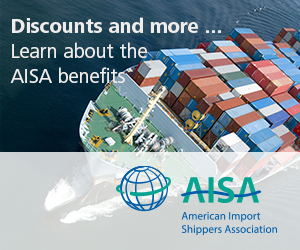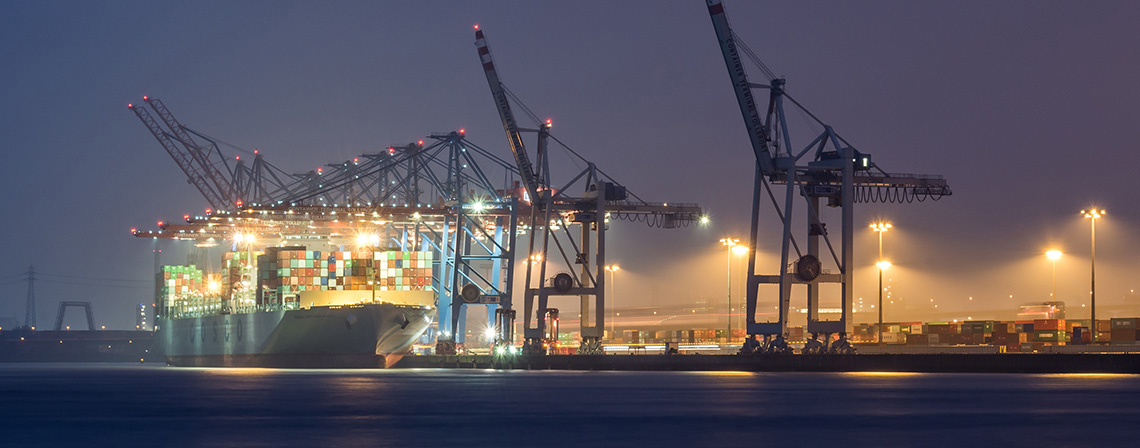The ink was still wet on 2019-20 Service Contracts when Trans-Pacific carriers filed General Rate Increases of around $ 1,000/FEU , and Peak Season Surcharge increases of up to $ 800/FEU
The implementation dates of these huge increases of base rates and surcharges were postponed as quickly and regularly as they were filed. Nonetheless, announcements of General Rate Increases and Peak Season Surcharges increases have continued. The carriers’ rationale for these actions is not immediately apparent, but most likely is driven by their hope that low (spot) rates can be increased any time should container volume increase in the near future.
The voiding of sailings can become a rather serious “weapon” for carriers as they attempt to increase existing rate and surcharge levels.
Withdrawing vessels from service (voiding) has been justified by significant dips in cargo volume. Some vessels may also have to be withdrawn from service for short periods of time to be fitted with scrubber. But in October and gain in November Trans-Pacific carriers have/will void more than 35 sailings , and cancelled some weekly services from Central and South China to East Coast ports. Clearly, service suspensions and voiding sailings of this magnitude will make it easier for Trans-Pacific carriers to pass on all or part of the expected bunker cost increases to their customers and to raise spot rates – and eventually 2020-21 contract rates.
As important as transportation cost increases are, please pay close attention to the “ripple effect” the voiding of a sailing and sailing cancellations by one carrier has on all other members of the same vessel sharing alliance, because their vessel space allocations are equally effected.





